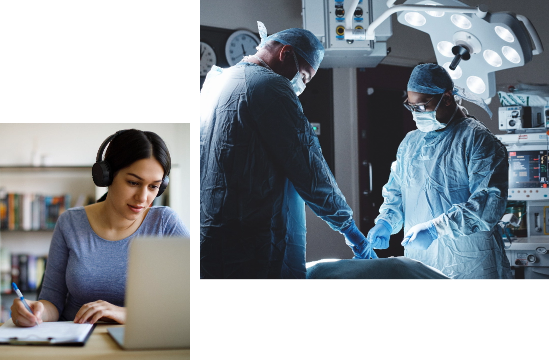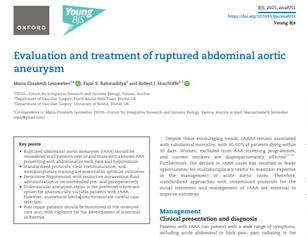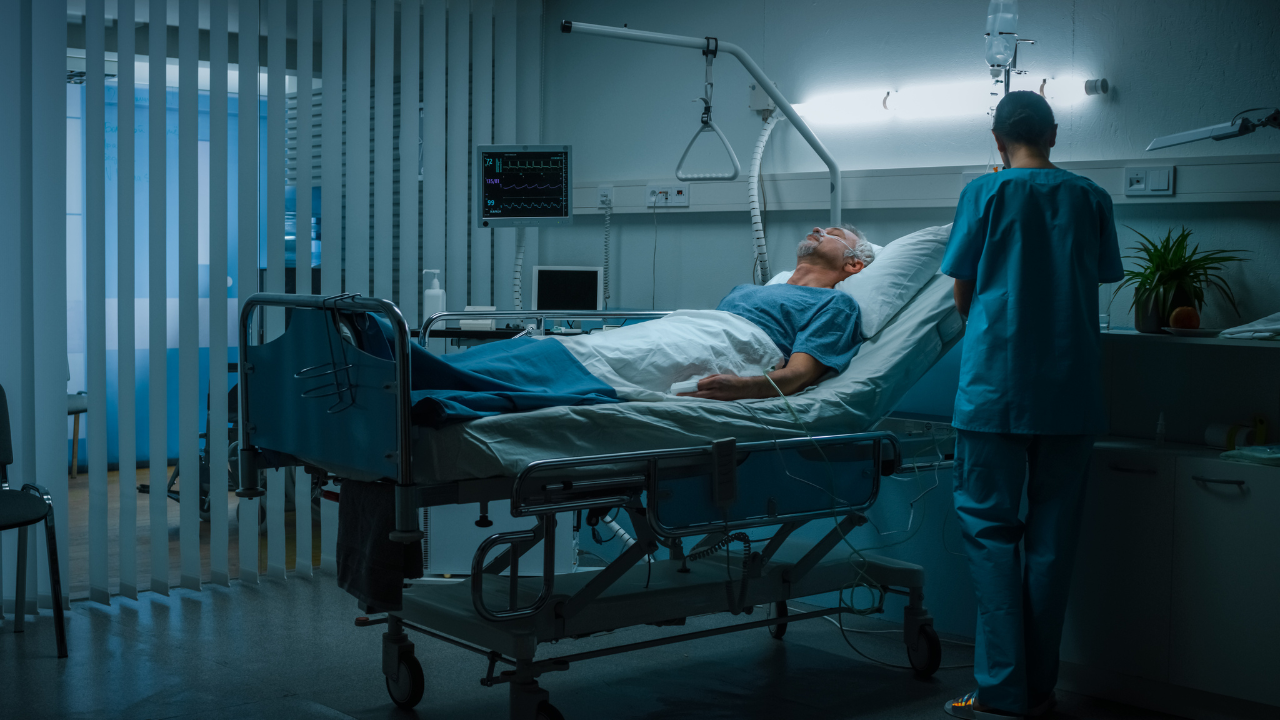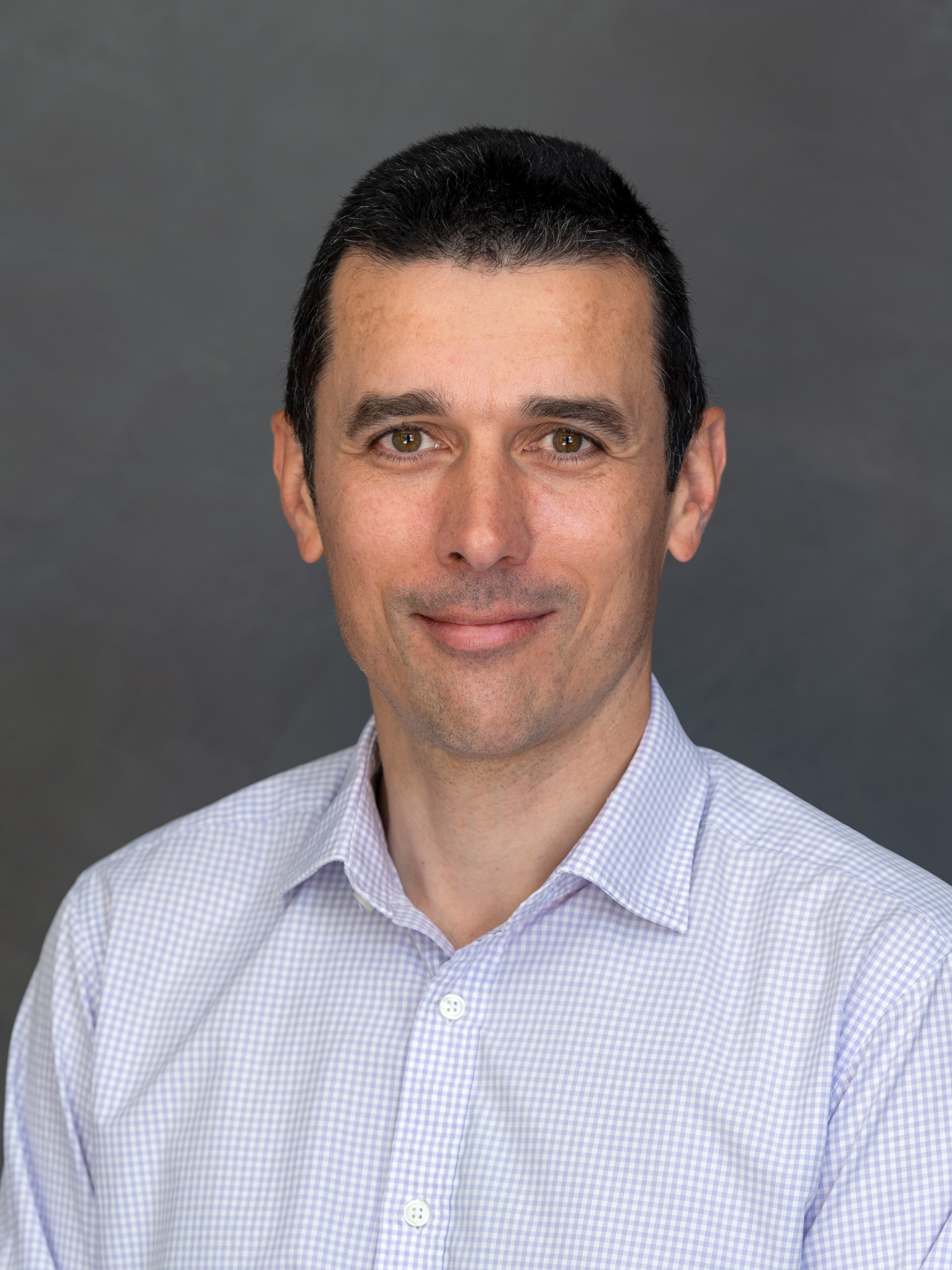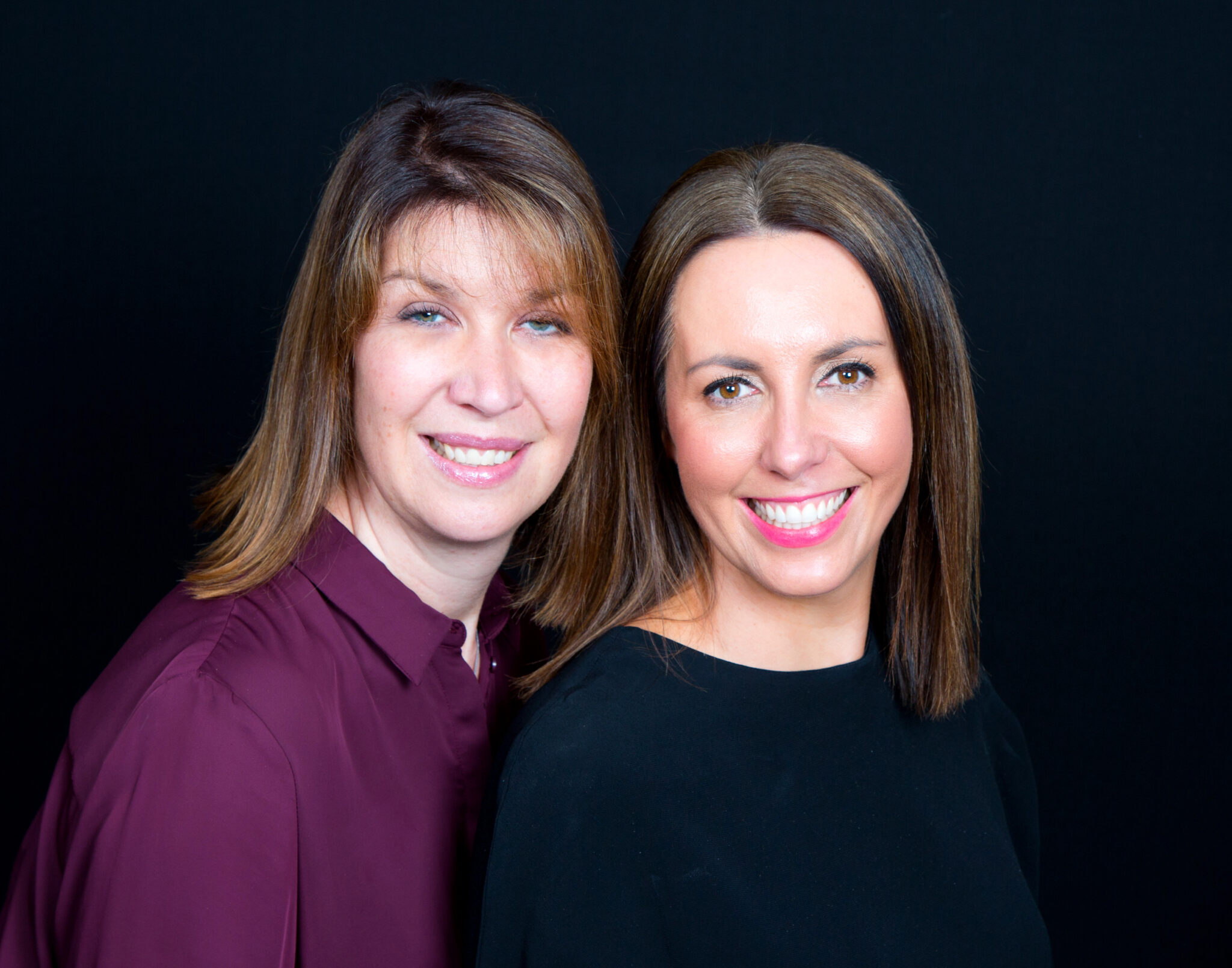Rev test
Kristine Hagelsteen, MD PhD, Chris Mathieu
There is a global interest in and growing knowledge about how best to select residents in surgery. In 2010, Paice et al claimed that selection was “the missing link in patient safety work”1. The starting point for collegial discussions on the matter and opinions about selection are things we know and have experience of; and we know that there is a spectrum running from excellent to unsuitable surgeons. Some continue to ask, are surgeons “born or made”, i.e., is it innate talent, or their training that matters? Is competence-based education better than the apprenticeship model?2,3. Further, it is well-established that all facets of competence matter for patient outcomes, not only technical skill4-6. The detrimental effect a less competent or even dysfunctional colleague can have on patients and the workplace environment is also widely recognised7. Attrition from surgical residency programs has been reported to be up to 20%, reflecting bad investments of resources8. Another challenge is that surgery accounts for most adverse events in health care, and that up to 15 % of patients in elective surgery suffer a treatment-related injury9,10. We all want the next generation to be better than us. Selection is thus a foundational factor in raising the standard level of treatment and care, reducing adverse events, improving workplace collaboration and heightening the reputation of the profession.
Some characteristics have been found important for surgeons to be successful, such as having a strong academic background and commitment to lifelong learning; possessing sufficient manual dexterity and fine motor skills to reach proficiency; displaying emotional stability; extroversion and conscientiousness; good communication skills and ability to work in teams; critical thinking ability; situational awareness; robust decision-making and problem-solving skills11-14. A more recent addition to the list is “technical orientation”, i.e. willingness and ability to work in a technology-based environment15.
How can successful selection be defined and measured?

